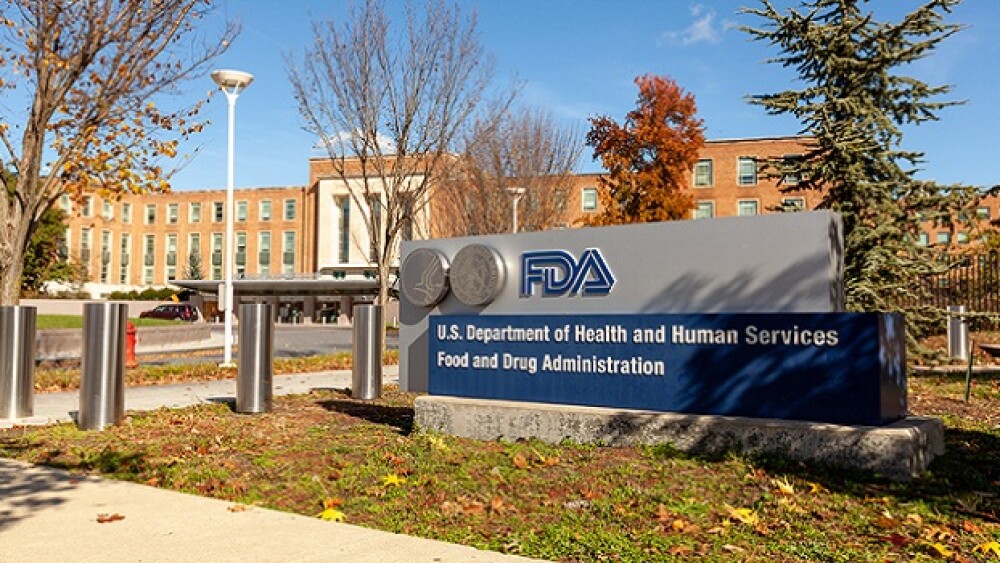ABBOTT PARK, Ill., April 20 /PRNewswire-FirstCall/ -- Abbott submitted its New Drug Application to the Food and Drug Administration for a fixed-dose combination (Simcor) of Niaspan(R) (extended-release niacin) and simvastatin. This product seeks to target multiple lipid parameters in a single pill.
Niaspan and simvastatin are two widely prescribed medications for treating cholesterol. Niaspan is used to raise HDL “good” cholesterol levels, and simvastatin is effective in reducing LDL “bad” cholesterol levels. This combination is being submitted for FDA approval to address LDL, HDL and triglycerides in a single pill, which may lead to improved patient convenience and outcomes.
The Niaspan/simvastatin application includes data from two large clinical studies, composed of more than 1,150 randomized patients, which evaluated safety and efficacy of the combination of Niaspan and simvastatin in patients with mixed dyslipidemia. These studies measured the additional impact of combining Niaspan and simvastatin on key lipid parameters.
According to the American Heart Association (AHA), more than 38 million Americans have complex lipid disease. Combination therapy makes up 15 percent of the more than $17 billion U.S. cholesterol management market and represents the fastest-growing segment.
“The Niaspan/simvastatin combination tablet is a promising next step in our efforts to develop therapies that support more comprehensive cholesterol management with one pill,” said Eugene Sun, M.D., vice president of Global Clinical Development, Abbott. “Combination lipid therapies are an increasing trend to help physicians reach their patients’ treatment goals.”
Treatment guidelines endorsed by the National Cholesterol Education Panel (NCEP), the American College of Cardiology and AHA have called for more aggressive treatment of lipids, including a lower LDL goal for many patients, as well as more aggressive treatment of HDL and triglycerides. Elevated cholesterol can build up in the bloodstream, forming plaque and restricting blood flow, which can lead to heart disease. According to the NCEP guidelines, reducing LDL cholesterol by 1 percent is associated with a 1 percent reduction of the risk of coronary events, and improving HDL by an increase of one point is associated with a 2 percent reduction in the risk of coronary events.
“More and more, physicians and their patients understand that good cholesterol management means trying to bring multiple parameters into optimal levels for improved cardiovascular health,” said James M. McKenney, PharmD, president and CEO of National Clinical Research, and professor emeritus, Virginia Commonwealth University School of Pharmacy in Richmond, VA. “Continued study of managing key lipid parameters is important to advancing heart health.”
About Niaspan
Available since 1997, Niaspan is the only FDA-approved, once-daily extended-release prescription formulation of niacin for treating abnormal cholesterol levels.
Niaspan Indications
Niaspan is indicated as an adjunct to diet when the response to a diet restricted in saturated fat and cholesterol and other nonpharmacologic measures alone have been inadequate, to reduce elevated total cholesterol, LDL-C, Apo B, and triglyceride levels, and to increase HDL-C in patients with primary hypercholesterolemia and mixed dyslipidemia. In patients with a history of myocardial infarction and hyper-cholesterolemia, niacin is indicated to reduce the risk of recurrent non-fatal myocardial infarction or in patients with coronary artery disease and hypercholesterolemia, niacin, in combination with a bile acid binding resin, is indicated to slow progression or promote regression of atherosclerotic disease.
Important Safety Information About Niaspan
Niaspan is contraindicated in patients with allergies to any of its ingredients, active peptic ulcer disease, significant or unexplained persistent liver dysfunction, or arterial bleeding. Niaspan should not be substituted for equivalent doses of immediate-release niacin. Niaspan should be prescribed with caution in patients who consume substantial amounts of alcohol and/or have a past history of liver disease. Liver function tests should be performed on all patients during therapy with Niaspan. Use of Niaspan with other lipid-altering medications called statins may increase the risk of rhabdomyolysis, a rare condition that causes muscles to breakdown. The most common side effect with Niaspan is flushing of the skin. Patients with diabetes should carefully monitor their blood sugar and report changes to their doctor. Other commonly reported side effects include indigestion, headache, pain, abdominal pain, nausea, itching, diarrhea, runny nose, vomiting and rash.
Important Safety Information About Simvastatin
Simvastatin is a prescription tablet and isn’t right for everyone, including women who are nursing or pregnant or who may become pregnant, and anyone with liver problems. Unexplained muscle pain or weakness could be a sign of rhabdomyolysis, a rare but serious side effect and should be reported to your doctor right away. Simvastatin may interact with certain foods or other medicines including lipid-lowering medications called fibrates or niacin, increasing your risk of getting this serious side effect. So tell your doctor about any other medications you are taking. The most common side effects are headache, abdominal pain, and constipation.
About Abbott
Abbott is a global, broad-based health care company devoted to the discovery, development, manufacture and marketing of pharmaceuticals and medical products, including nutritionals, devices and diagnostics. The company employs 65,000 people and markets its products in more than 130 countries
Abbott’s news releases and other information are available on the company’s Web site at http://www.abbott.com.
Abbott
CONTACT: Media, DeAnna DuBose, +1-847-938-9002, or Laureen Cassidy,+1-847-938-7743, or Financial, Lawrence J. Peepo, +1-847-935-6772, all ofAbbott
Web site: http://www.abbott.com/




